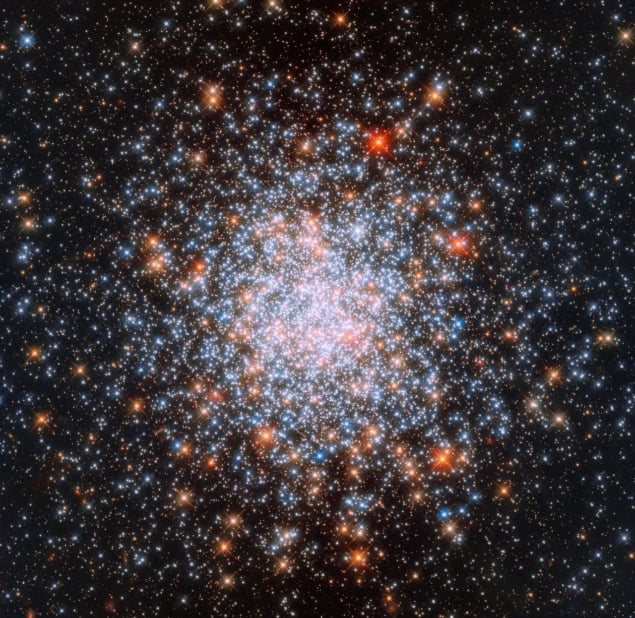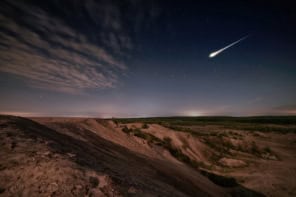The Hubble Space Telescope was launched on 24 April 1990. To celebrate its 30th anniversary in space, Physics World is publishing a series of blog posts exploring Hubble’s 10 best images, as chosen by the science journalist and editor Keith Cooper

Our universe contains two types of star clusters. Open clusters are found in the discs of galaxies, and are formed of young stars that soon drift away into the environs of the galaxies’ spiral arms. Globular clusters, on the other hand, are compact and ancient, dating back to the dawn of the age of galaxies, and are formed of hundreds of thousands of stars packed into a space no more than 100 light years across.

Hubble’s best shots: Eta Carinae
Globular clusters exist in the halo around a galaxy, and as you might expect with so many stars so close together, they make wonderful subjects for Hubble portraits. A good example is this image of the globular cluster NGC 1866, which lives on the outskirts of the Large Magellanic Cloud. This cluster harbours a mystery. While models of the formation of globular clusters depict all their stars being born in one huge burst, some such clusters, including NGC 1866, seem to contain several generations of stars, based on how much heavy metal the stars contain. Hubble’s detailed observations are helping to identify such clusters – an important step on the road to figuring out their history.



